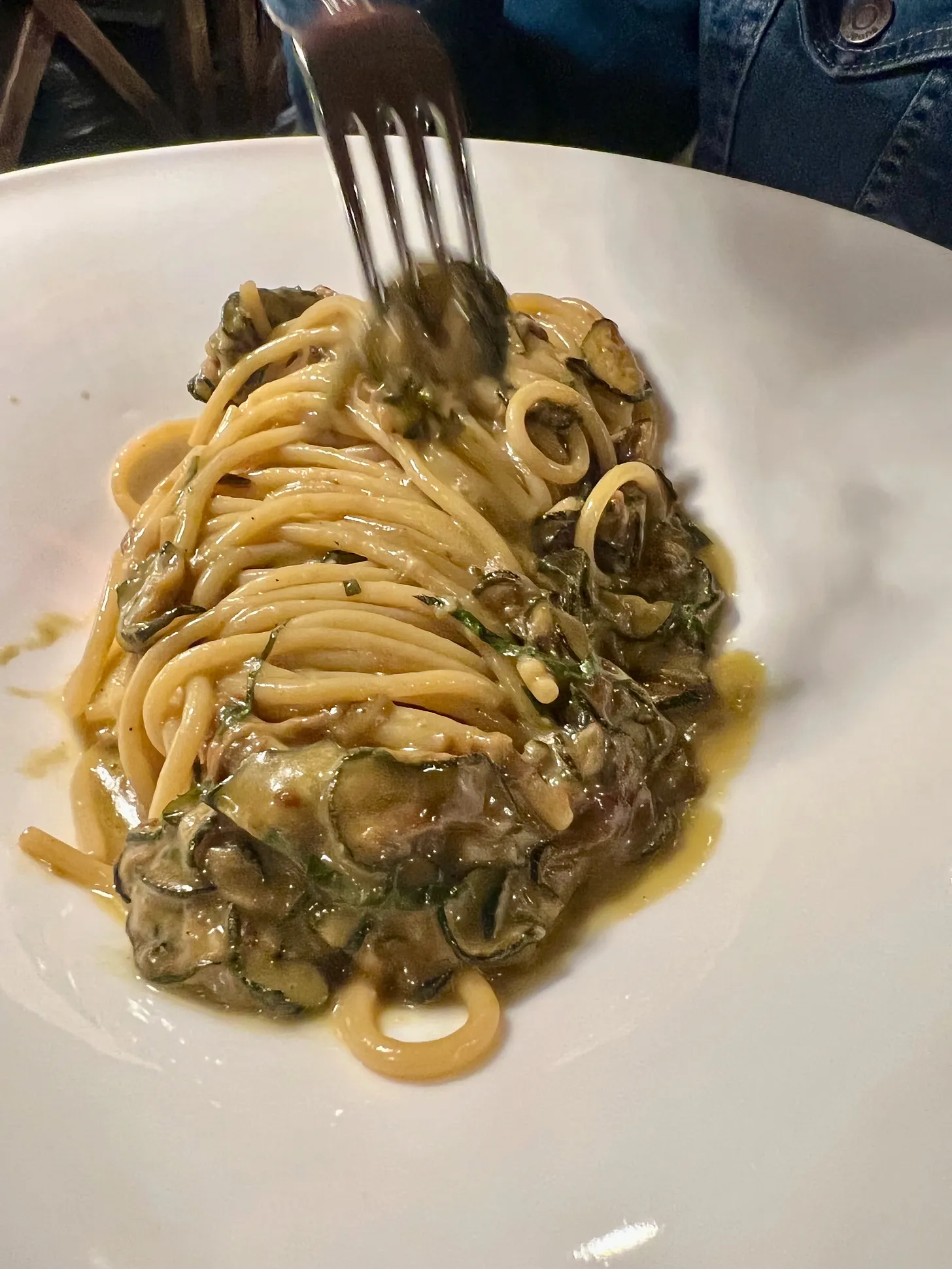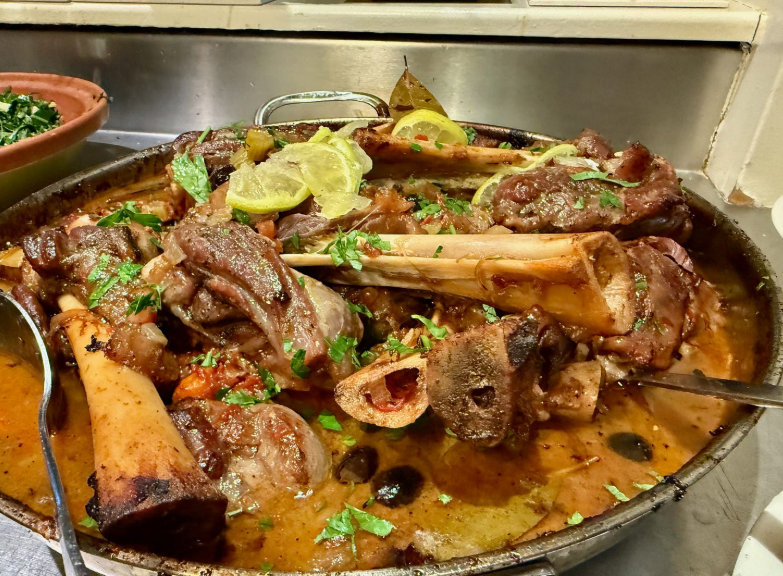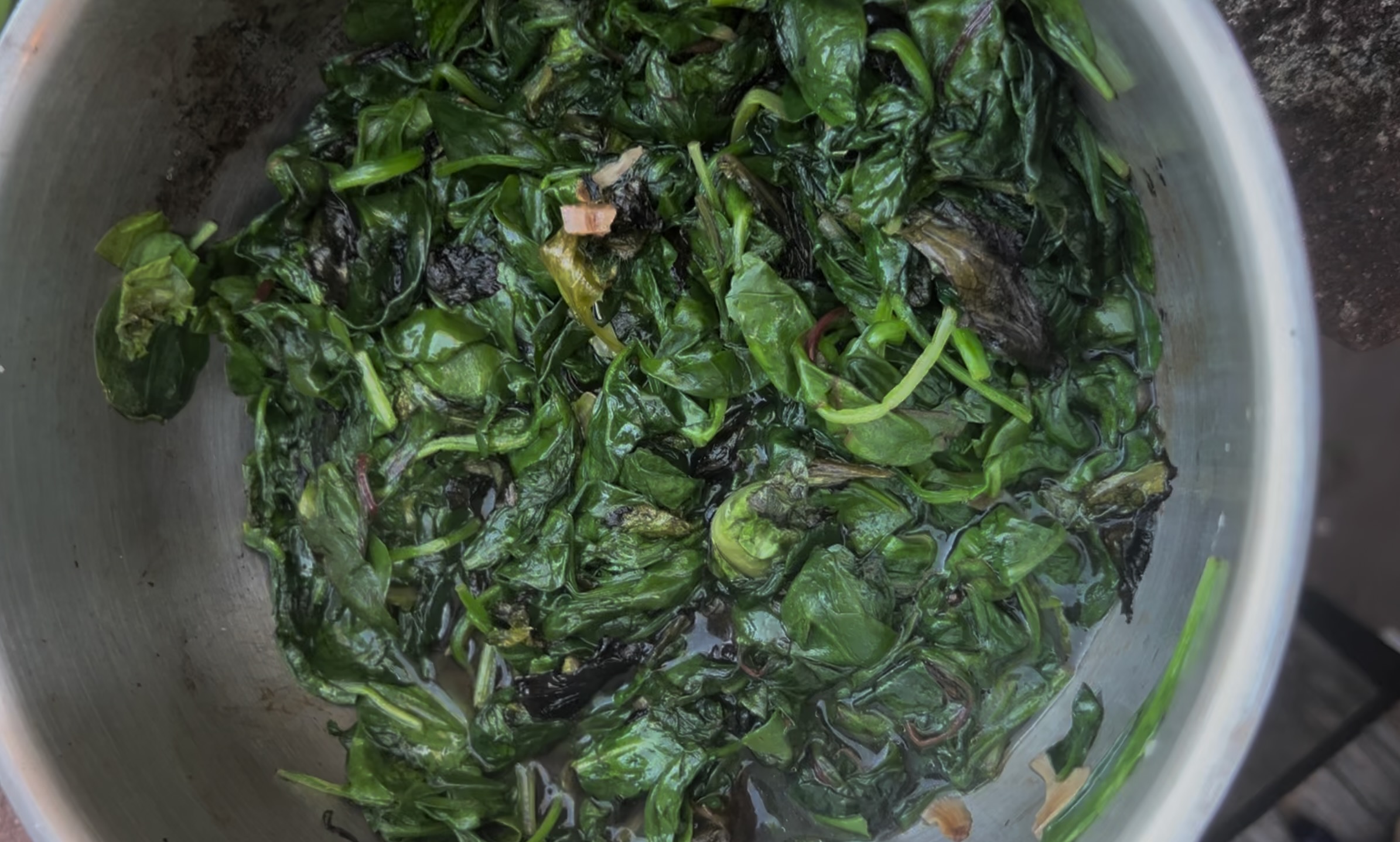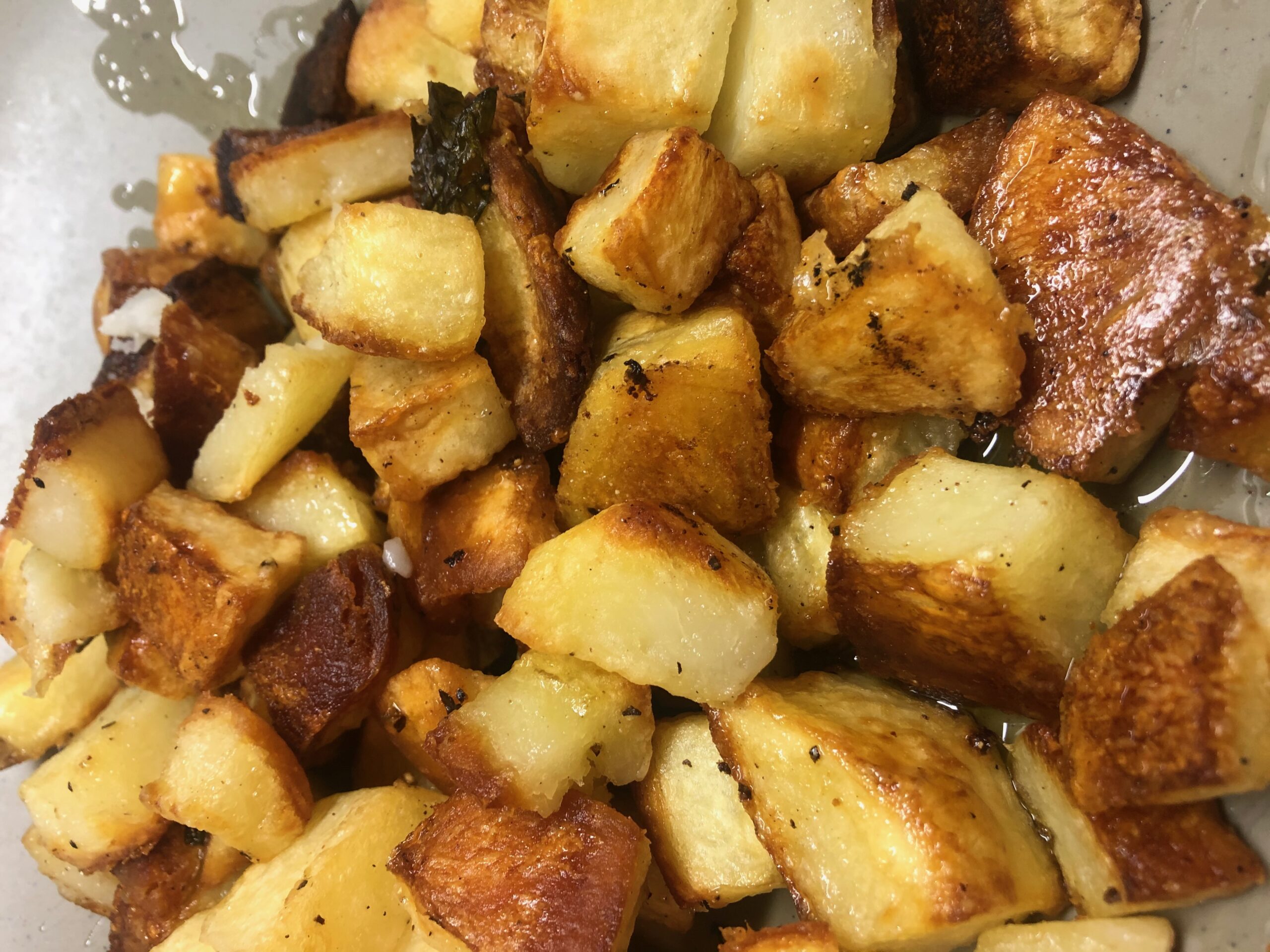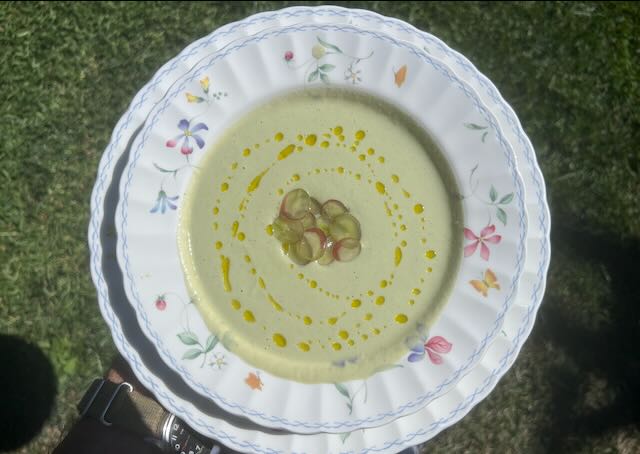Earlier this week, a friend asked me why I decided to launch Foodaism. We had been talking about the state of the world, and more specifically, the state of the Jews, and I understood what was behind her question: There are so many crises in politics, in the environment, in Israel — and you’re emailing recipes?
Here’s my answer:
First, yes, I am posting a falafel recipe. New neighborhood friends, Renata and Jeff, came by this week and dropped off 20 pounds of fava beans that they had just picked from their front yard garden. Jeff said they plant the beans to improve their soil, but don’t really like eating them. I do! So I decided to turn some of them into fresh green fava bean falafel, and some into a fresh fava bean salad with mint and caprone.
Second, yes, I know there are Big Issues in the world. Over at The Forward, I write about those problems once a week, at least. I’ve been writing about the world’s problems for almost 30 years, and, FWIW, they seem to have only gotten worse.
Third, well, problems come and go. Leaders and crises come and go. Even countries come and go. But food lasts. Think about Passover, which we just finished celebrating. Or Shabbat, which is a few days away. The political and economic situation of the Jews who celebrated those days has changed drastically and unpredictably over the centuries. Matzo and challah, not so much. It’s not that recipes don’t change, but food is a throughline, a constant, an anchor in a very tumultuous, ever-changing history. Have the Jews kept challah, to paraphrase Abraham Joshua Heschel, or has challah kept the Jews?
I’m not sure which side of that argument I’d take, but I know there’s a power in these recipes, in food, that transcends the craziness of the moment, that ensures a culture, a People, survives. We think of food as something that’s here one second, then eaten and gone the next. I write about food because I love it, but also because the things we think are permanent can be transitory, and the things we think are transitory can be permanent.
OK, falafel is a strange choice for one of those permanent transitory dishes, since it didn’t become associated with Jews until their resettlement in what would become the modern state of Israel. In Falafel Nation: Cuisine and the Making of a National Identity in Israel, Yael Raviv documents how Jewish immigrants to Mandatory Palestine adopted what was then a standard Arab snack throughout the region as a way to distance themselves from their European roots — and because it was cheap and delicious. By the 1950s, it was a common snack food, and soon Israelis would decouple it from its Arab origins and create a mythology of authenticity around it, linking it to the Yemenite Jewish immigrants, who, in fact, writes Raviv, learned to make it from the local Arabs.
In fact, sometime in the early 70s, on Israeli Independence Day at Stephen S. Wise Temple, I tasted my first falafel, which the teachers told us was the food of our Israeli brothers and sisters. I had never tasted anything like it — deep fried, spicy…beans? I devoured it, connecting through food to a country that would become so much a part of my life and work.
“Through symbols and histories, nations are depicted as absolute, eternal, and uniform,” Raviv, who teaches at New York University, writes. “The discourse of food exposes the vulnerability of a nation, its flexible and changeable nature, its many voices.”
That’s true with falafel, which, like so many foods, is a window into the complexities of culture — and its beauty.
Egyptian falafel is generally made with dried fava beans. Palestinian, Israeli, and Lebanese falafel use dried chickpeas. This recipe uses green fava beans and lots of parsley and cilantro to create a garden-fresh, springtime version. I shell the favas, but I don’t peel them before grinding them in a food processor. If you’re using frozen fava beans, let them defrost and dry them with a towel before using.

Fresh Fava Bean Falafel
Ingredients
- 1 ½ cups shelled and peeled fresh fava beans
- 1 small onion chopped
- 2 garlic cloves
- ½ cup fresh parsley
- ½ cup fresh cilantro
- 1 tsp cumin
- ½ tsp ground coriander
- ½ tsp baking powder
- 2 –3 tbsp flour or chickpea flour
- Salt and pepper
- Good quality oil for frying
Instructions
- In a food processor, blend fava beans, herbs, onion, garlic, and spices into a slightly coarse paste.
- Add baking powder and chickpea flour; process until just firm enough to hold shape.
- Chill the mixture for at least 30 minutes. It helps them hold together.
- Shape into small balls or patties. Use two teaspoons to form small ovals, or splurge on a falafel maker.
- Fill a deep skillet with at least 1 inch of oil. Heat to 375 degrees. Carefully add the falafel without overcrowding the pan, and fry until golden brown, turning once.
- Remove with a slotted spoon and let drain on a paper towel-lined plate. Serve with tahini sauce, or stuffed in a pita with tomato, cucumber, pickles and tahina sauce.
Notes
Food is personal. So is this newsletter.
Every week, I share a new essay — often about food, always about life. Join the Foodaism weekly newsletter, and get it delivered straight to your inbox.
Subscribe on Substack and pull up a seat at the table.

